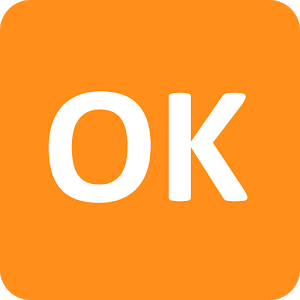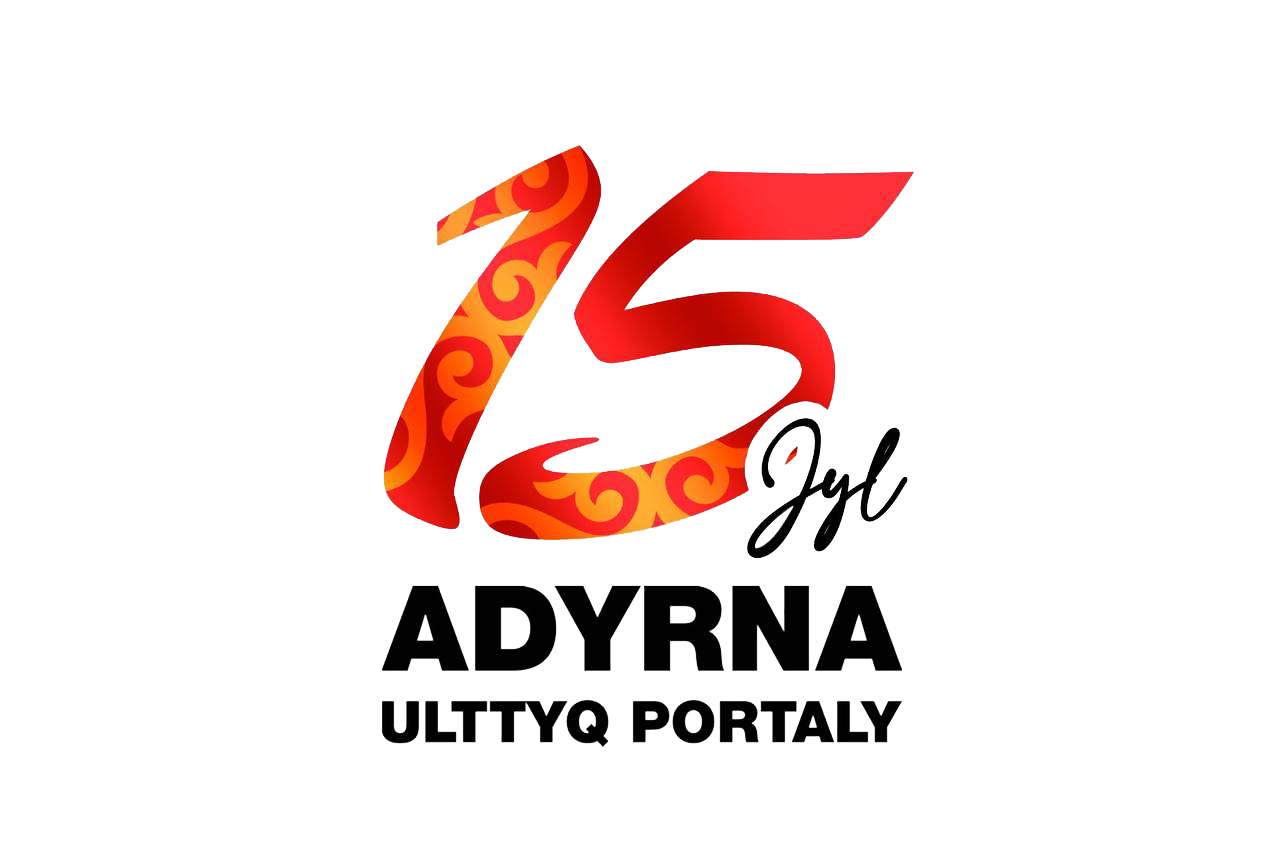Altyn Orda - Kipchak / Kazakh Khanate
Despite the fact that the Kazakh people have a lot of scientific data and evidence about the Golden Horde, it is known that today the tendency to associate this huge empire with only the Mongol people prevails. One of the main reasons for this is that Kazakhstani researchers rely on Russian-language sources. There is no way to say otherwise. Because in the Kazakh language the Kipchak Khanate dates back to the XI century and the beginning of the XIII century, ie 1128-1219. covers the range. Also, in the Kazakh language, the Golden Horde is called Desht Kipchak. But Desht Kipchak is not recognized as the Kipchak Khanate.
In the English-language free encyclopedia Wikipedia and in the Britannica encyclopedia, the name of the Golden Horde is given as the Great Ulus or Kipchak Khanate. And these English-language sources indicate that the collapse of the Golden Horde, ie the Kipchak Khanate, was 1466. The territory of the Kazakh Khanate and the Crimean Khanate is part of the Golden Horde Kaganate, which covers six million square kilometers, and the Kazakh Khanate existed until 1847, and the Crimean Khanate until 1783. The English instruction is: "The Crimean Khanate and the Kazakh Khanate, the last remnants of the Golden Horde, died until 1783 and 1847, respectively." The Great Ulus or Kipchak Khanate is one of the earliest names of the Golden Horde. In the tense of the inward, the smoky.
The Great Nation is the largest, central state. The Great Ulus was not only the geographical, but also the cultural and political center of the Mongol Empire. The main language of the khanate was Kipchak. Therefore, the Kipchak Khanate, Deshti Kipchak, the Golden Horde Kaganate and the Kazakh Khanate are different names for one great state. Nevertheless, there are still those who say that the Golden Horde belongs to the Mongols. At that time, there was no Mongol state, because the modern Mongol state appeared only after the fall of Genghis Khan's empire. Mongolian historians trace their ancestors to the Sakas and Huns. Here I would like to emphasize that Sak and Hun are the historical names of Kipchaks, ie Kazakhs. According to Chinese sources, the Mongols were called Tatars. The Tatar people speak Kipchak. Then we call Mongols, Kipchaks, Kazakhs, Tatars - one people.
Adilbek Ishanbekuly
The English version is edited by:Nagima Bazarkizi


















